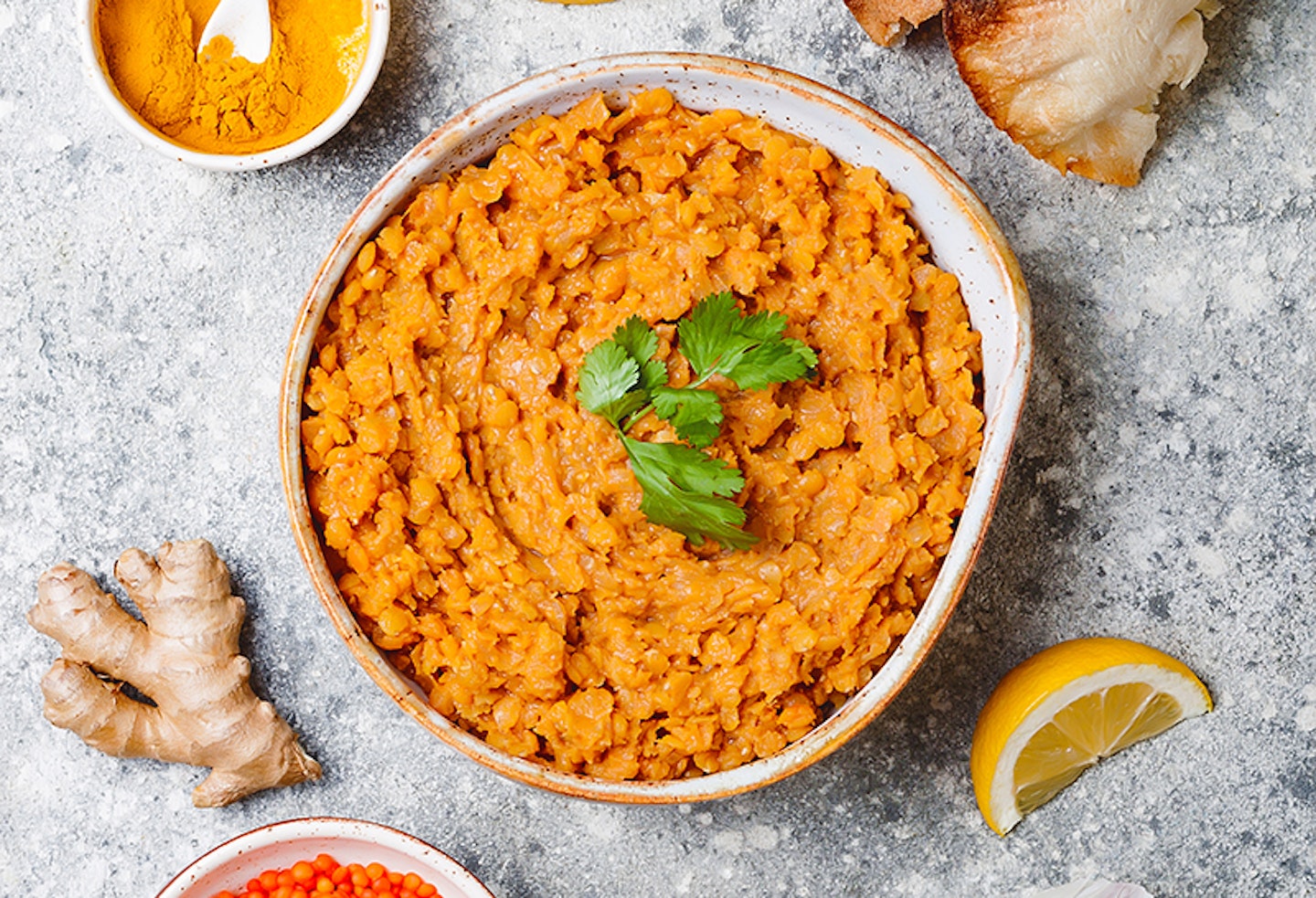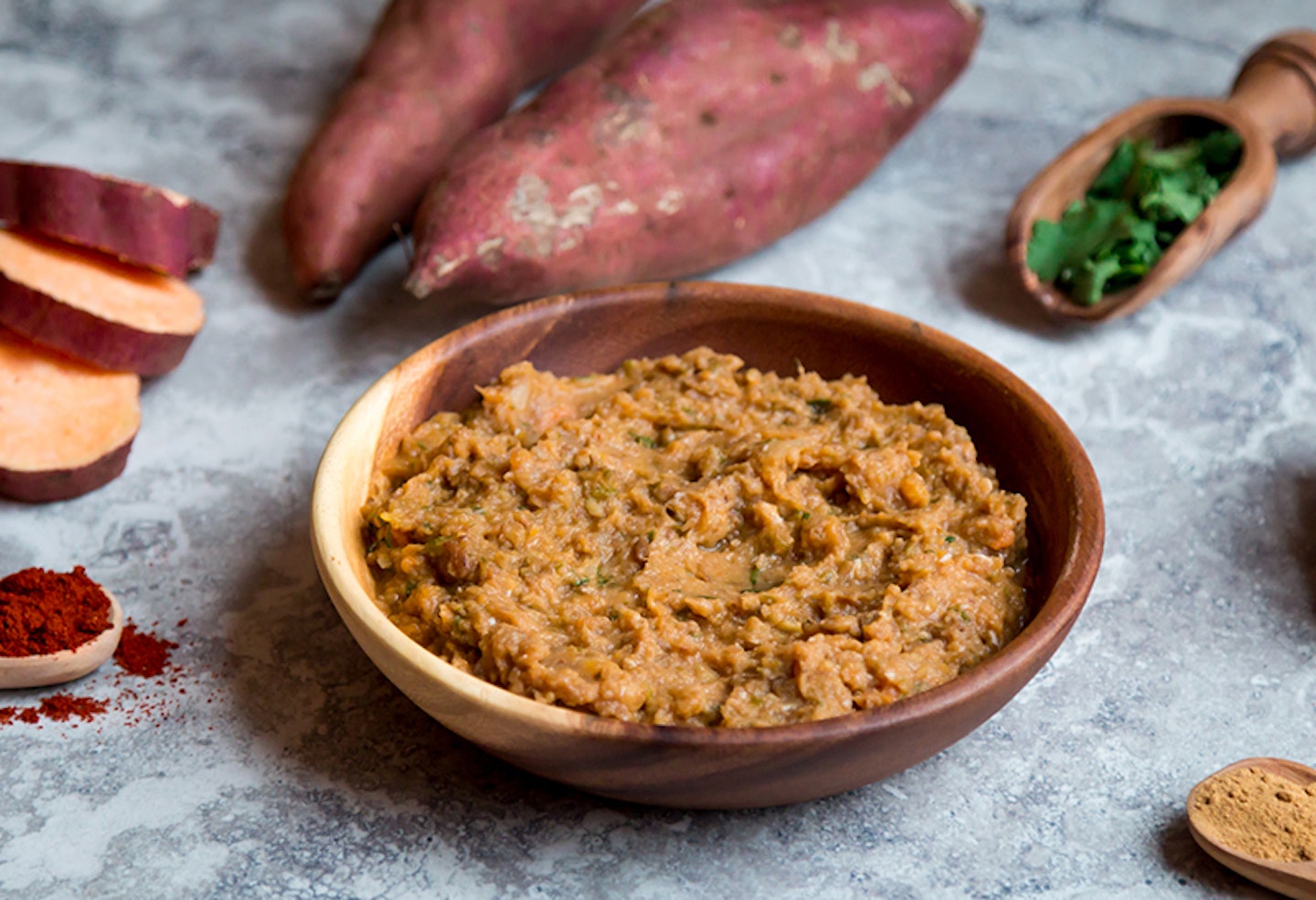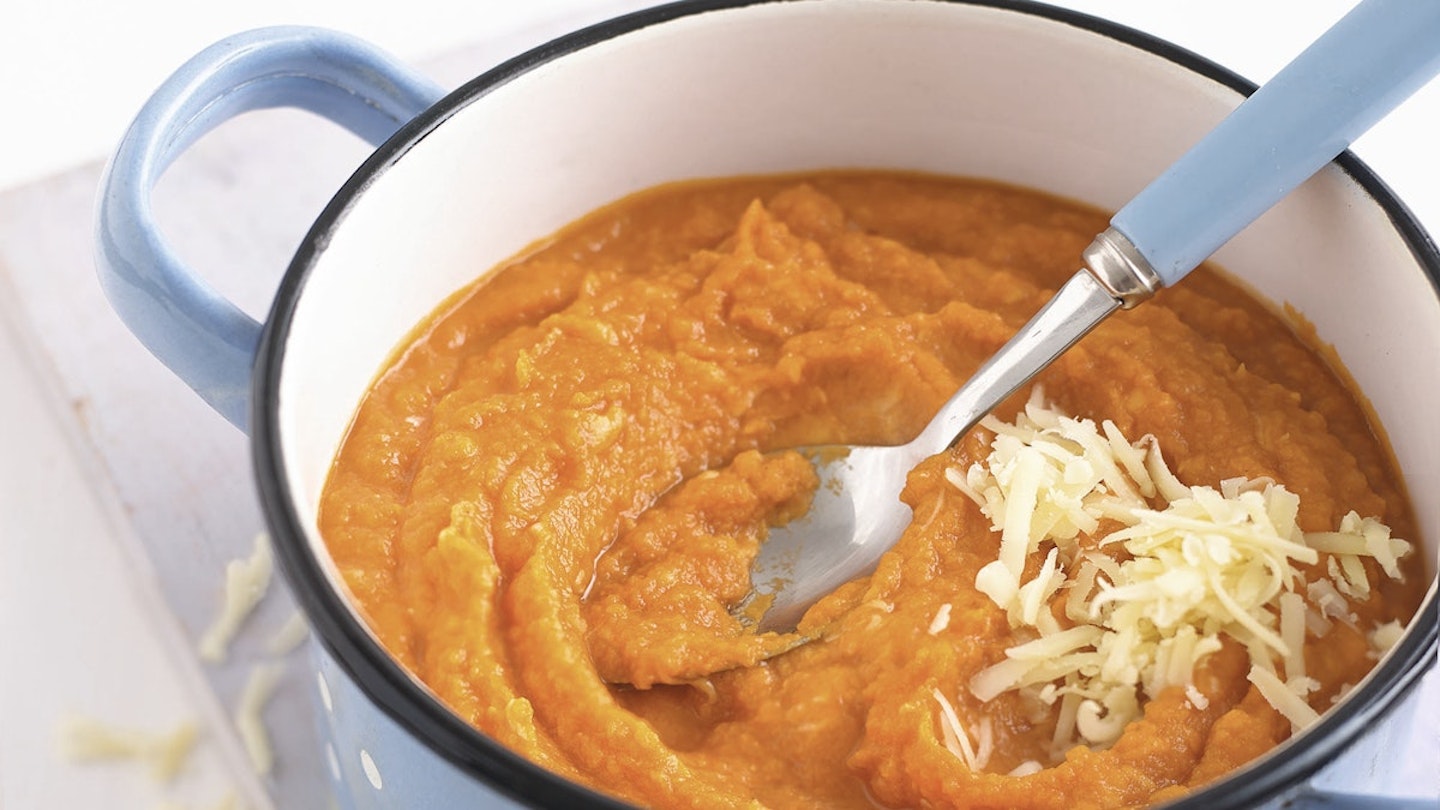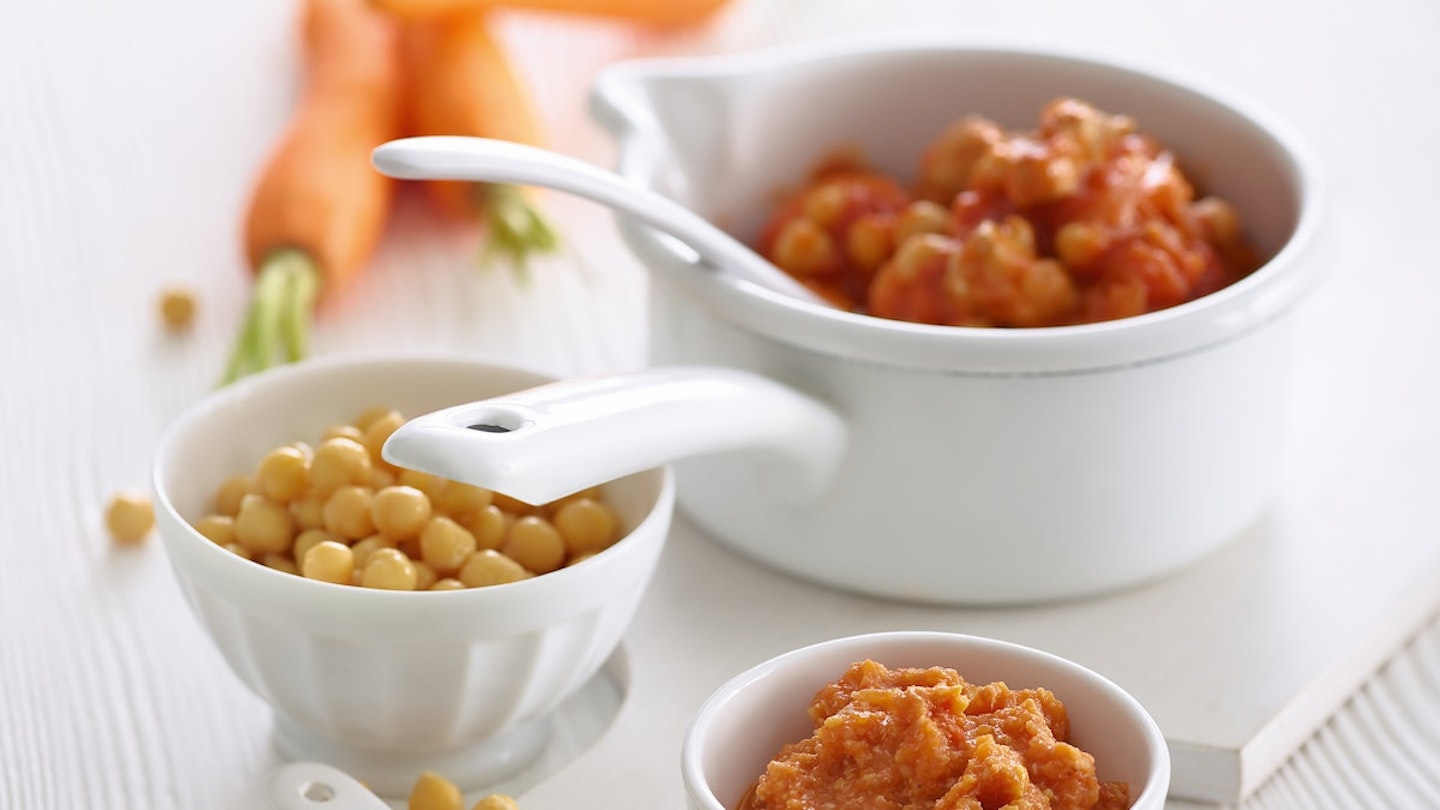From Korma and Tikka Masala through to Rogan Josh and Jalfrezi, it’s no secret that we are a nation in love with curry. And there's no reason young children can't enjoy world flavours too, in fact the introduction of amazing aromas can start at an early age... but the question is - how to wean with curry flavours?
With baby led weaning curry can be a fun new food to try, and if you're after a yummy weaning curry recipe or two, we have a few for you - from a baby led weaning chicken curry to all kinds of comforting lentil recipes for baby too, plus tips on how to make curry less spicy for baby.
How to wean with curry flavours according to an expert
Sadia Ahmed, founder of baby food brand, Oliver’s Cupboard, has also shared her top tips on how to wean with flavoursome dishes, such as curry, below...
1 Spice selection
Don’t be afraid to use spices and herbs as you begin the weaning journey. Choose aromatic spices, rather than hot ones, for your dishes. They may be milder, but they certainly pack a punch when it comes to flavour.
Start off by adding a pinch of spices to puree, such as:
• cardamom
• cumin
• turmeric
• paprika
• cinnamon
You can also try grating a touch of ginger or garlic into the meals that you prepare.
2 Choosing curry
Dishes such as Korma, Masala or Passanda (with no nuts) are always good places to start, they are not too spicy, but deliciously aromatic and fragrant.
TOP TIP: If you make your own curry at home, adding yogurt or coconut milk is an easy way to balance out the spice in line with your little one’s taste buds.
3 Creating texture
You can easily blitz curry depending on the texture you want to give to your baby.
When first starting out, you can try using just curry sauce to introduce the flavour, and mixing it with boiled rice to add texture, blitzing up if needed.
4 Get creative
Curry is so versatile, making it the perfect dish to experiment with other foods. Try adding vegetables that your little one may not have loved the first time around, or simply use up whatever you have left in the fridge.
If you want to go meat-free, chickpeas and lentils are wonderful in curry, and a great source of protein too, just squash them down for really little ones.
5 Flavour takes time
Every day is different, and rejection is normal, it doesn’t necessarily mean that the food you are offering is too spicy or a flavour that they won’t grow to love.
Keep offering a variety of foods and be open to the changes that they will go through. Remember, lots of new flavours will take time to get used to, it may take a few times before they are asking for more.
Here are some brilliant curry weaning recipes to get you started...
Red lentil dahl

Chicken and sweet potato curry

Date & Apricot Tagine with Lamb and Herb Rice

Lentil Puree With Tomato & Cheese

Chicken with Apricots and Chickpeas by Annabel Karmel

Stephanie Spencer is the Deputy Digital Editor of Motherandbaby.com. With a digital publishing career spanning over 10 years, starting out as an editorial assistant on medical journals and moving onto become a news writer and features editor, Stephanie started at Bauer Publishing in 2019 and began working for Mother&Baby in 2020.
